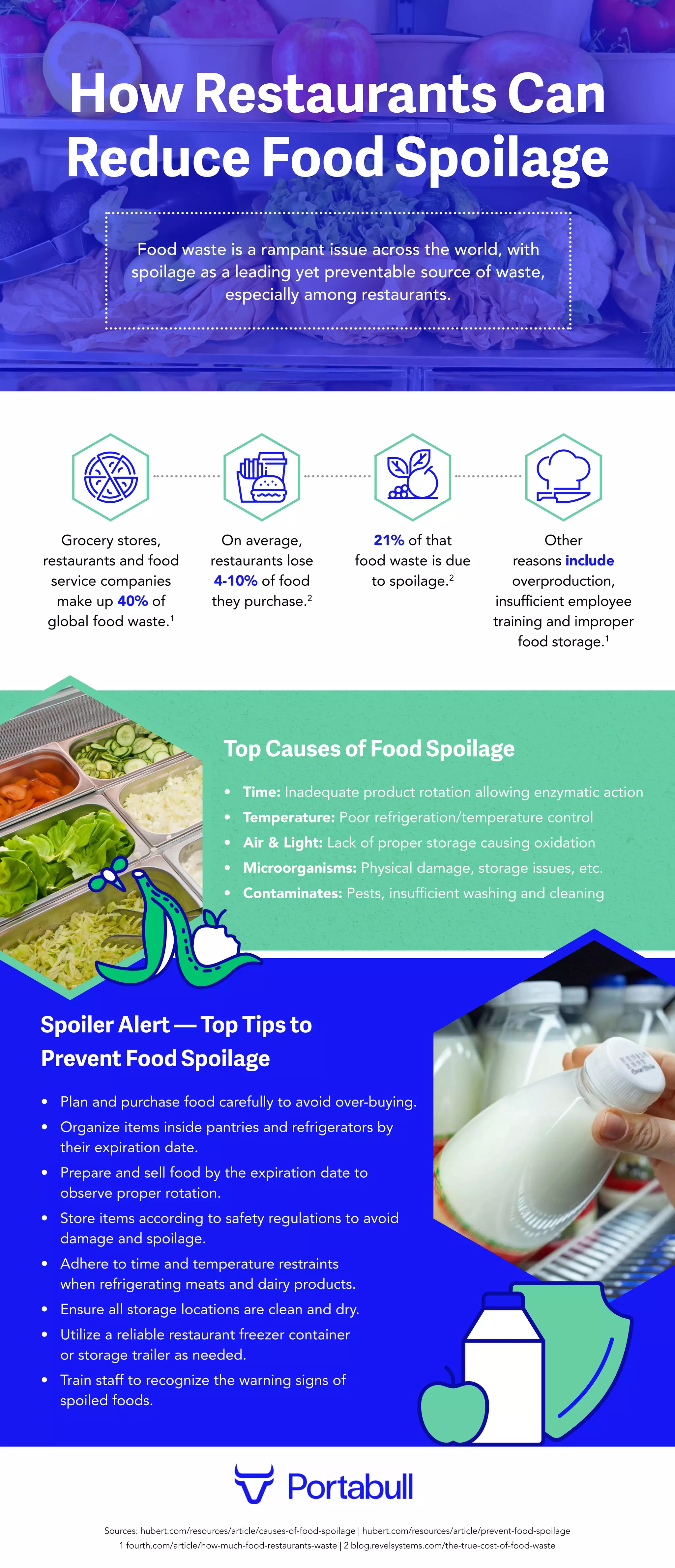Though some may believe that running a franchised chain restaurant and a mom-and-pop operation are vastly different, there’s one similarity between the two that some may fail to realize: there’s an equally large emphasis placed on eliminating food waste. Most food waste from any restaurant is a result of that food spoiling, meaning in order to eliminate food waste, restaurants first need to eliminate food spoiling. In order to do so, more restaurants will need to prioritize proper organization and awareness. There are plenty of warning signs when it comes to spoiling food. When they’re noticed immediately, employees can properly rotate items and avoid this spoiling. Another element that accelerates food spoiling is germs. If the most important locations of a commercial kitchen aren’t kept clean, chemical reactions can lead to food becoming spoiled. Similarly, temperature control plays a large role in food spoilage. With the right refrigeration capabilities, certain food products can be more reliably kept and maintained. Dairy products and meat, for example, must be kept at optimal temperature levels at all times. Even if it’s one of the toughest elements of running a restaurant, keeping food from spoiling is what will keep a restaurant’s image in high regard and will keep customers coming back. To learn more about how to avoid any negative effects of food spoilage in your restaurant, please see the resource supported alongside this post for more information.
How Restaurants Can Reduce Food Spoilage this infographic was contributed by Portabull Storage, the premier choice for an electric reefer trailer


